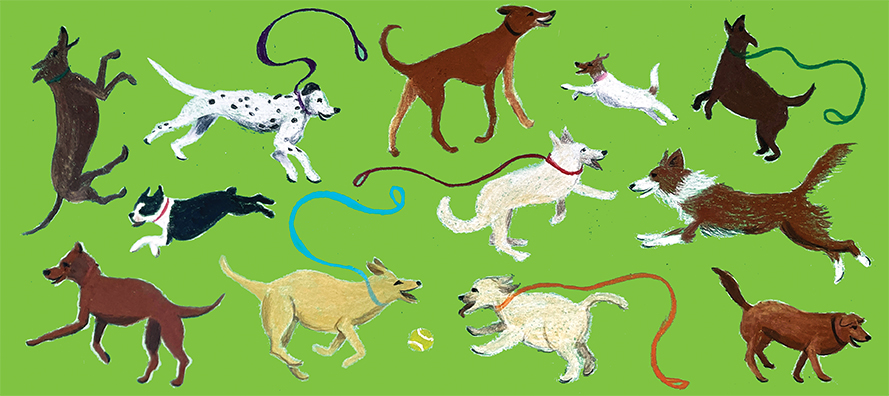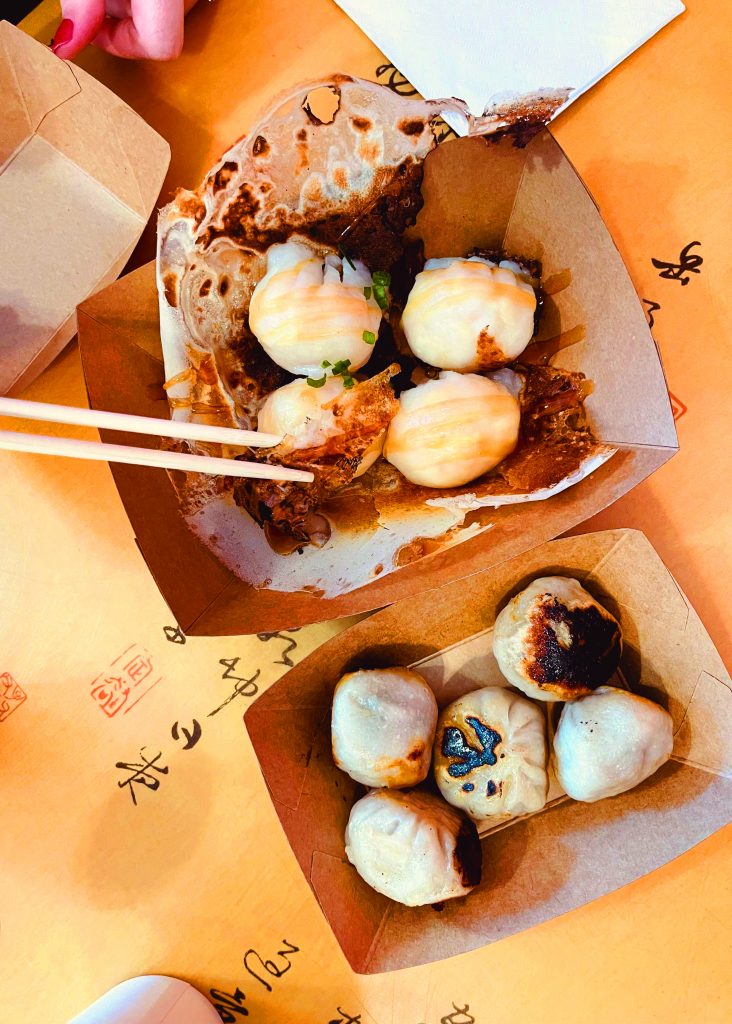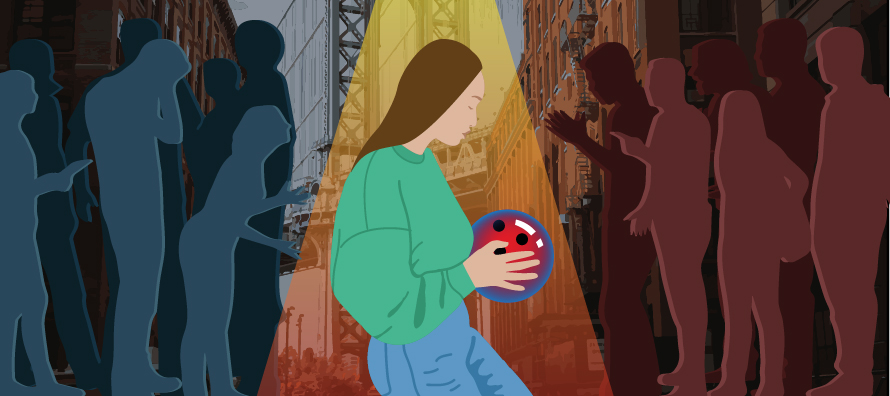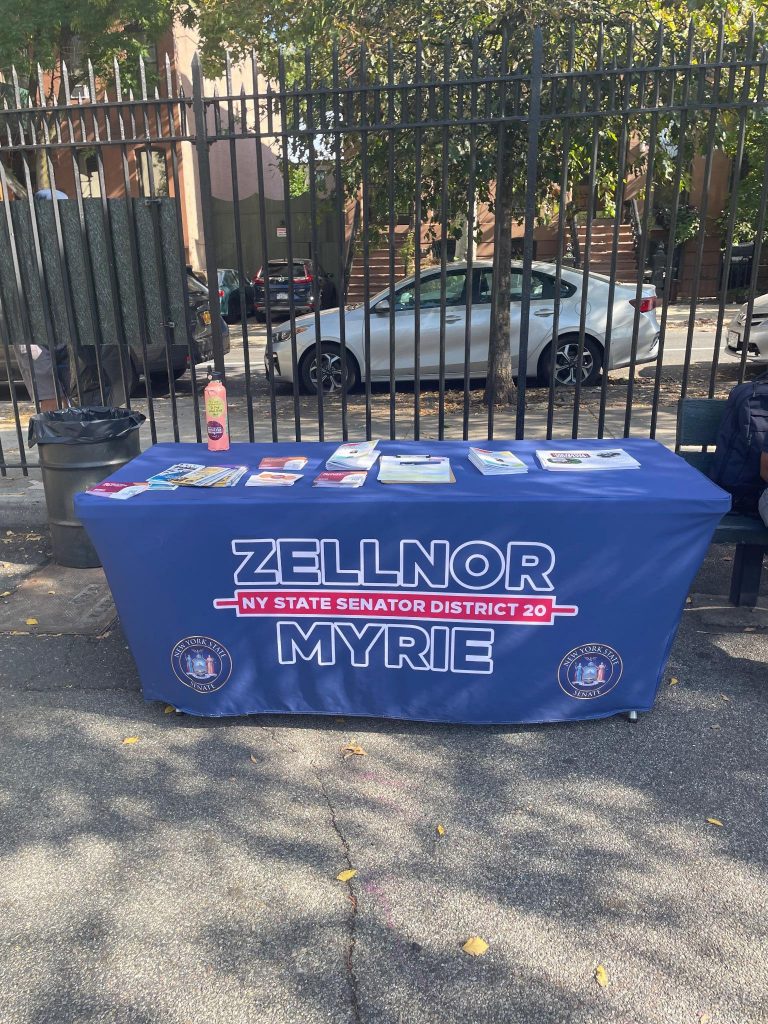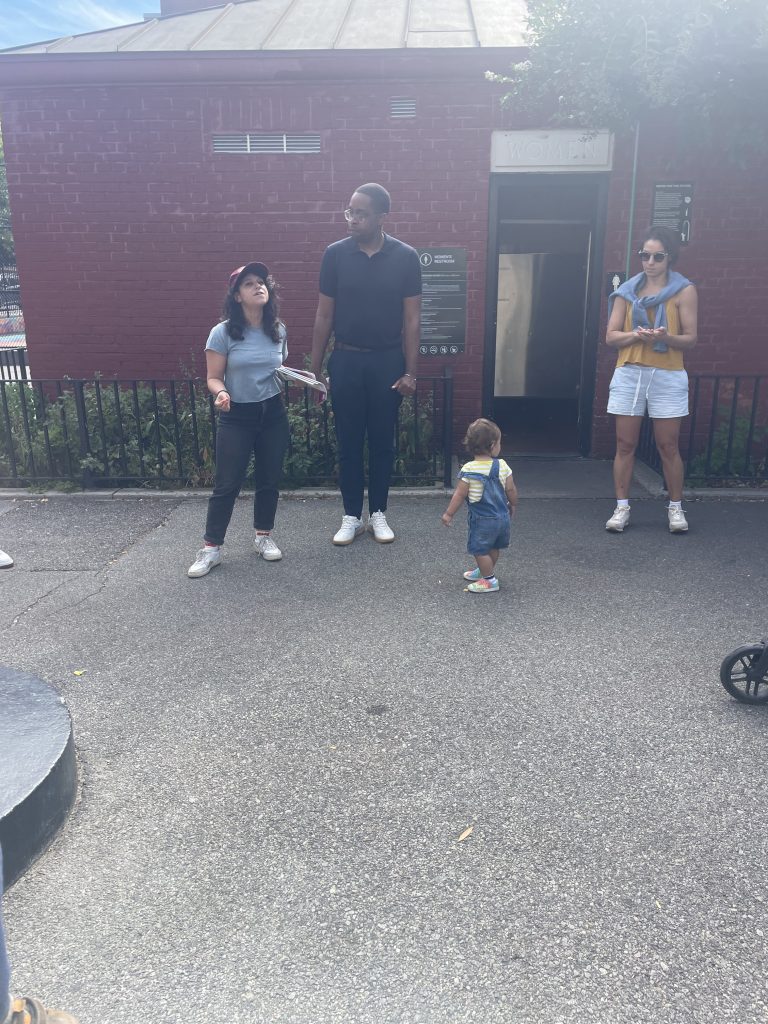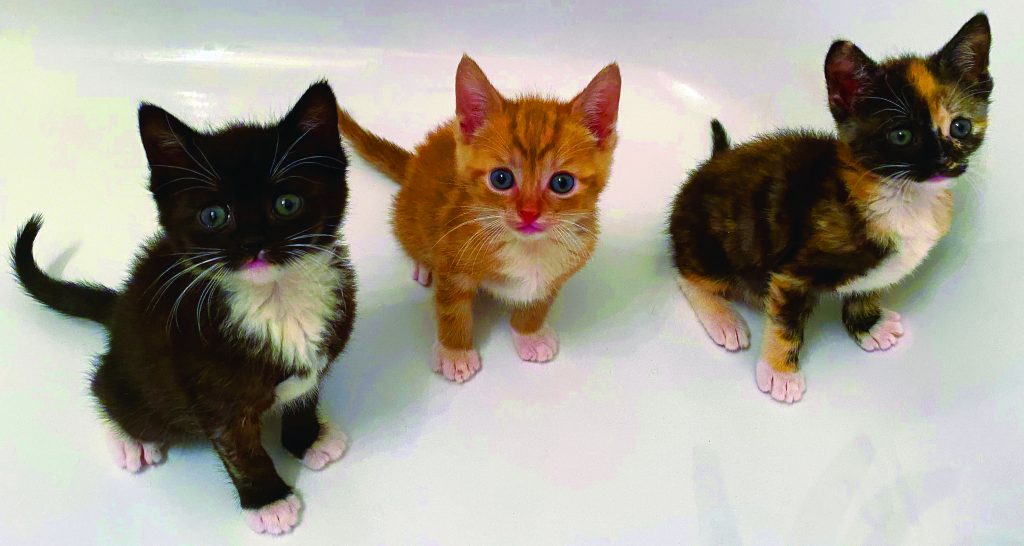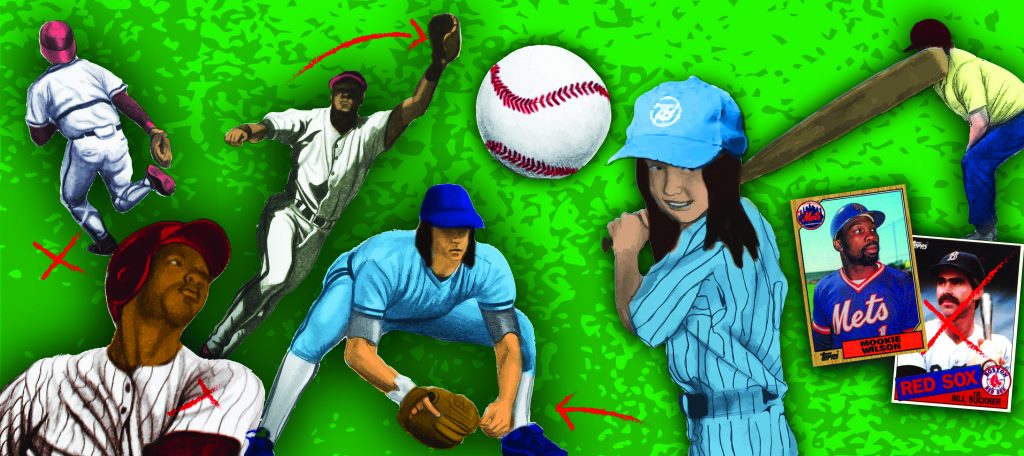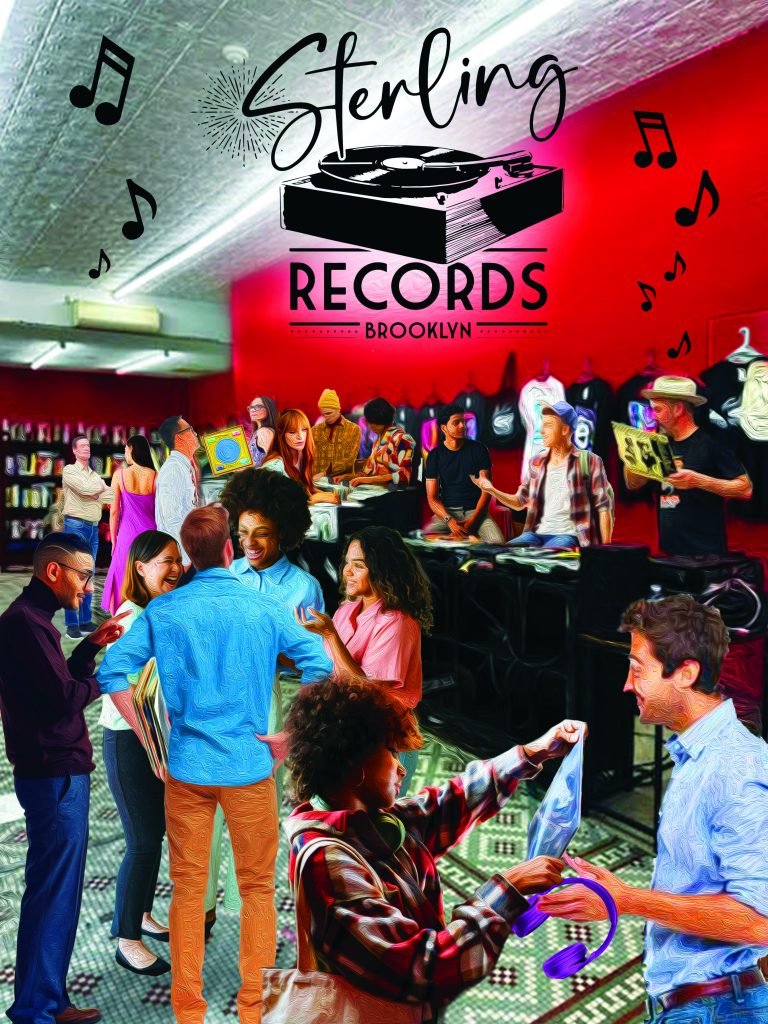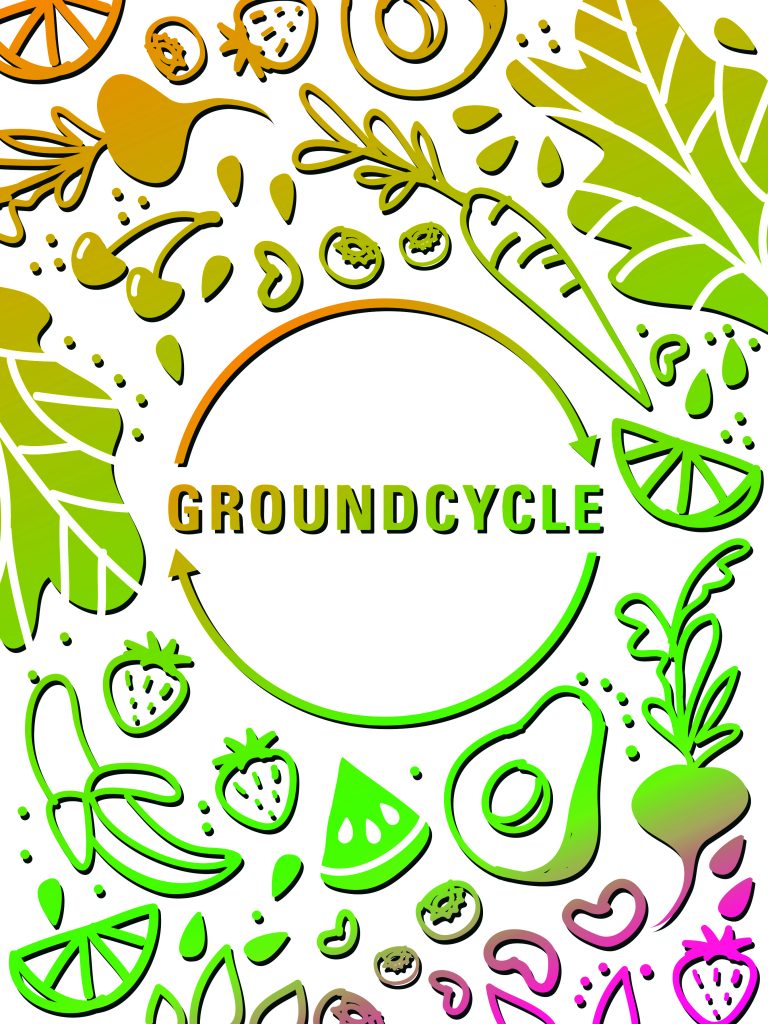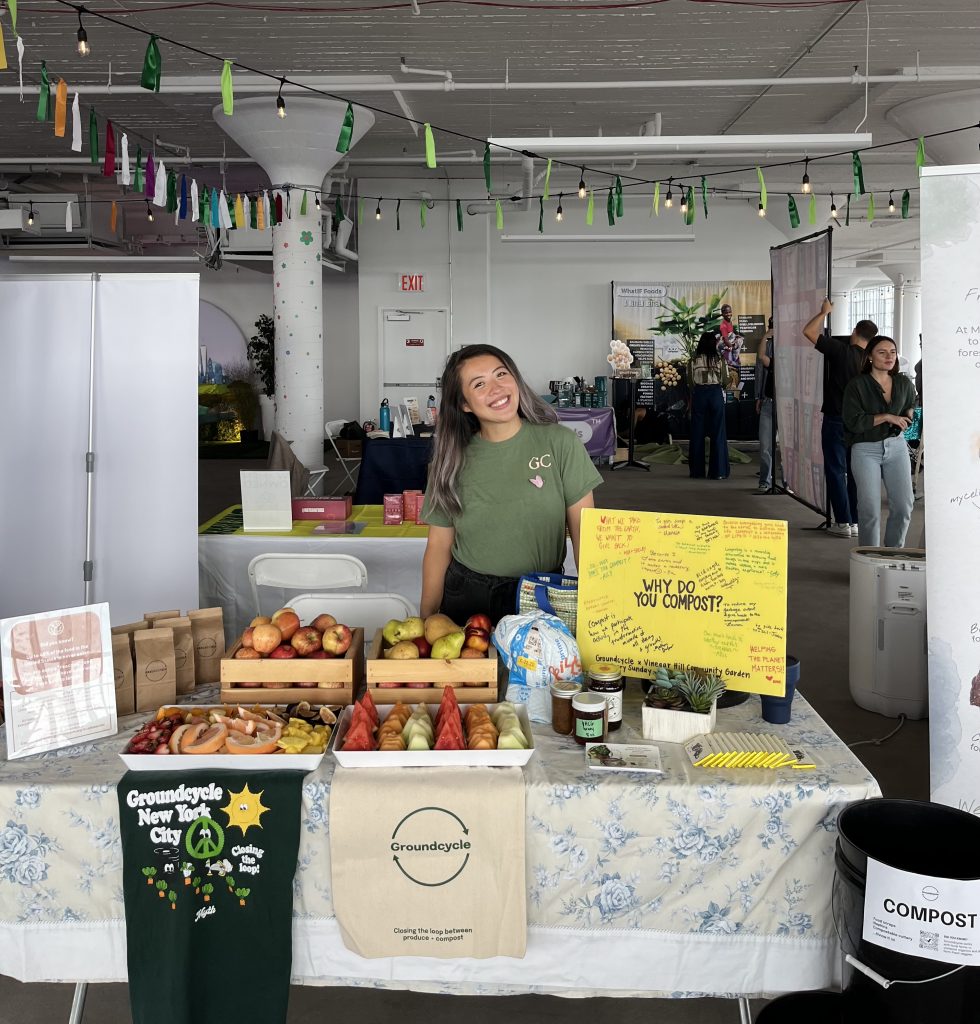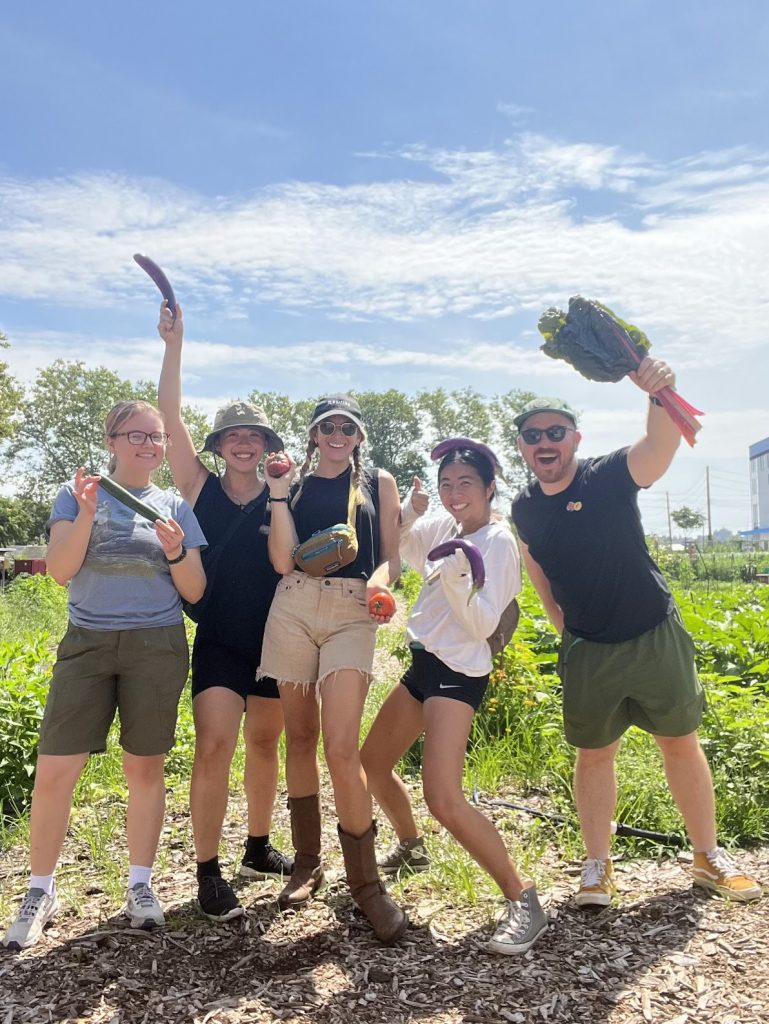New York City’s 2025 Mayoral Primary: What You Need to Know
On June 24, New York City voters will head to the polls for the Democratic mayoral primary, a crucial contest that will likely determine the city’s next mayor. With Democrats’ strong majority hold in the city, the winner of the primary will be the frontrunner in November’s general election.
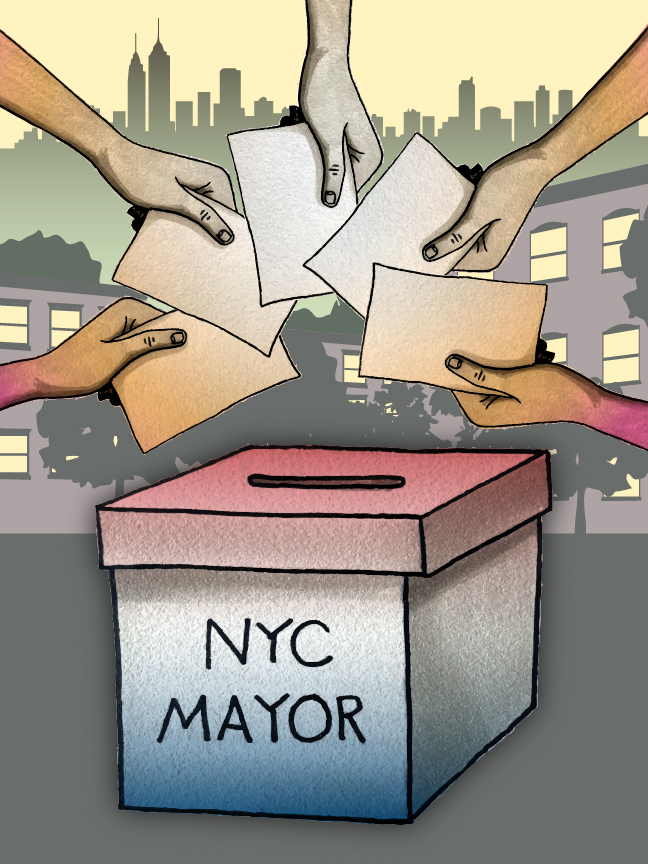
Why This Election Matters
The mayor of New York City leads the nation’s most populous city, overseeing policies that impact millions of residents and often influencing the governance of other cities nationally and globally. The position comes with enormous responsibilities—shaping economic policy, public safety, housing, and infrastructure—all with great capacity to affect the daily lives of New Yorkers.
How Ranked-Choice Voting Works
In New York City, primaries use ranked-choice voting, allowing voters to rank up to five candidates in order of preference. However, there is no penalty for just voting for one candidate. If you do rank your top five choices, your vote is counted for your top choice first. If no candidate wins more than 50 percent of the vote, the candidate with the fewest votes is eliminated. Ballots for that candidate then transfer to voters’ next-ranked choices. This process continues in rounds until one candidate secures a majority.
A Look at New York City’s Recent Influential Mayors
New York City’s past mayors have shaped the city in significant ways. Here’s a brief overview of some of the most notable:
Fiorello La Guardia (1934-1946). In his obituary in The Guardian, La Guardia is described as “the most remarkable mayor of a great city in American history.” Born to an Italian father, when he became mayor he had climbed higher on the political ladder than any other Italian-American. He was considered a “New Dealer” — a politician who avidly supported New Deal policies — and was successful in his vision of boosting the economy, creating jobs, and expanding infrastructure in New York. His legacy includes La Guardia Airport and Flushing Meadows Park. La Guardia presciently recognized the dangers of Nazi Germany and used his platform to criticize Hitler before World War II, so much so that the U.S. Secretary of State apologized for his remarks to the Nazi government.
Ed Koch (1978-1989). Outspoken and combative, Koch was both a beloved and divisive figure. When he became mayor, New York City was suffering from urban decay and Koch launched initiatives to revitalize abandoned housing, clean up public spaces, and transform Times Square from a crime-ridden intersection into a family friendly destination. A champion of the middle class, he prioritized white-collar job growth but was unpopular among Black and LGBTQ New Yorkers. His administration’s slow response to the AIDS crisis, closure of Sydenham Hospital in Harlem, and cuts to anti-poverty programs led to lasting resentment. His frayed relationship with Black voters ultimately paved the way for David Dinkins to become the city’s first Black mayor.
Rudy Giuliani (1994-2001). Giuliani was the only mayor in the twentieth century to lose Manhattan but still win office. He is best remembered for his leadership after the 9/11 attacks, earning him the nickname “America’s Mayor” and Time magazine’s Person of the Year. Crime rates fell during his mayorship, attributed to both his tough policing strategies and the simultaneous economic and demographic shifts that were happening nationally. It seemed possible that Giuliani might break the New York City mayoral curse of never reaching a higher office when he became President Trump’s personal lawyer. But some things just don’t wash out.
Michael Bloomberg (2002-2013). A billionaire businessman, Bloomberg took a pragmatic, value-driven approach to governance, accepting only a $1 salary as mayor. A staunch advocate of public health, he banned smoking in bars and parks, required fast food restaurants to show calories counts, and cracked down on the illegal sale of firearms. His rezoning of about 40% of the city increased housing and development, but also gentrification. While his policies made the city more attractive to the middle class, homelessness surged by two-thirds from 2002 to 2011. Bloomberg was criticized for his support of the stop and frisk tactic used by NYPD that disproportionately hurt Black and Latino men. He later apologized for supporting the practice.
Eric Adams (2022–present). Whether reelected or not, Adams will go down in history as the only sitting New York City mayor to be indicted.
Who’s Running in the 2025 Mayoral Race?
As of now, several candidates have declared their candidacy:
Eric Adams — Incumbent mayor
Andrew Cuomo — Former governor
Brad Lander — City comptroller
Zellnor Myrie — Brooklyn state senator
Zohran Mamdani — Queens state representative
Scott Stringer — Former city comptroller
Jessica Ramos — Queens state senator
Adrienne Adams — N.Y.C. council speaker
After months of speculation, Former Gov. Cuomo formally entered the race on March 1. With name recognition from his decade as governor, he is expected to be a frontrunner. While governor, he accomplished infrastructure improvement, the legalization of same sex marriage and marijuana, and became an Emmy winner and household name nationally for his daily Covid-19 briefings, referred to by some as “communal therapy sessions.”
Cuomo’s reputation as “America’s Governor” was quickly tarnished after its culmination when a report from Attorney General Letitia James showed Cuomo underreported nursing home deaths from Covid-19, after ordering nursing homes to accept residents with Covid-19 to preserve hospital capacity. Shortly after, 11 women came forward, some of them current or former state employees, and accused Cuomo of sexual harassment. He resigned in 2021 despite denying the allegations and since, more than 25 million state taxpayer dollars have been spent paying his legal fees. In 2024, the Department of Justice found Cuomo guilty of sexually harassing 13 women who worked for the state over eight years.
According to Crain’s New York, Cuomo is trying to position himself as a moderate alternative in contrast to City Comptroller Brad Lander, whom he views as a threat. The Park Slope Reader sat down with Brad Lander, who represented Park Slope in city council for three terms before becoming comptroller.
Lander, while reliably mild-mannered, fights voraciously for what he wants. He doesn’t resort to verbal attacks or aggression, but his impenetrably calm demeanor shouldn’t be equated with weakness of conviction. On the contrary, he’s a paladin for his political agenda, ready to win by means of his lengthy plans. Oh, and he’s not afraid of suing. (Example B).
During his time as comptroller, Lander has condemned Adam’s corrupt behavior and has put pressure on the mayor to submit a timeline and plan for how he will stabilize his administration.
Lander, a progressive, has made ending homelessness for mentally ill New Yorkers a signature campaign issue. He’s not the first mayor who’s tried to take on street homelessness — the two most recent mayors, Adams and Bill de Blasio, each introduced their own plans, but the problem has persisted.
The comptroller’s housing first approach is modeled after success in cities including Denver, Philadelphia, and Houston. The plan involves placing around 2,000 homeless people with severe mental health issues in vacant apartments, while providing services.
“In Park Slope, we have a meaningful amount of people sleeping on the streets with serious mental illness,” says Lander. “So offering housing to people with support services so that they’re not sleeping on the streets and are much more likely to go off their medication or their treatment and be a danger to themselves and others, that makes a safer neighborhood for everyone.”
Lander credits his time as city councilmember in the 39th District as teaching him key lessons about representing the city. He recalls the neighborhood banding together after Hurricane Sandy to turn the Park Slope Armory into a refuge for seniors who had been displaced from the storm.
“When you engage people in their democracy and then really deliver and serve them well, remarkable things become possible,” says Lander.
Transparency is another focus of Lander’s campaign, differentiating himself from the previous administration. His “Stop the Corruption” plan calls to protect against corruption, by committing to fair hiring tactics, publicly disclosing schedules and meetings, and stricter lobbying regulations.
“Eric Adams, unfortunately, has failed to deliver on his promises even before he betrayed our trust through so much corruption,” Lander says. “What Park Slope wants is someone who’s honest, who lives up to their word, who listens and engages people and who can then genuinely deliver and make City Hall work for families.”
Lander’s campaign success has been palpable, signified by his lead in campaign funding. His campaign manager, Alison Hirsh, credits this success to a grassroots strategy focused on small-dollar donations from New York City residents through a network of house parties and organizing efforts.
“I have known Brad for 20 years and fundamentally believe that he would be an amazing mayor. He has a unique combination of policy intelligence, human intelligence, management capability and really understands systems and how to make them work and how to make them work on behalf of people,” says Hirsh. “The other thing that makes Brad unique I think, in politics, is that he’s a truly decent human being.”

